UTM simplifies the security management process for applications by combining multiple security services into a single device or service, addressing various threats and providing a broad spectrum of protections to secure networks.
Organizations face numerous security threats, making a comprehensive approach like UTM essential. UTM solutions integrate several security technologies including firewall, anti-virus, intrusion detection, and data loss prevention, into a unified interface. This consolidation reduces management complexity and streamlines protection efforts, benefiting businesses by improving security posture while controlling costs. By leveraging UTM, companies obtain centralized control and improved visibility over their security environment.
What features should be considered?In finance and healthcare industries, implementing UTM helps meet stringent compliance requirements while protecting sensitive data. Retailers benefit from safer transactions and data protection against cybercriminals. Educational institutions find UTM crucial in managing the security of vast student and faculty networks.
Organizations benefit from UTM as it combines multiple security functions into a single solution, providing streamlined protection against ever-evolving threats. This approach simplifies deployment and management while offering an effective defense strategy tailored to the specific needs of any business.
| Product | Market Share (%) |
|---|---|
| Fortinet FortiGate | 32.7% |
| Cisco Meraki MX | 10.3% |
| WatchGuard Firebox | 10.2% |
| Other | 46.8% |







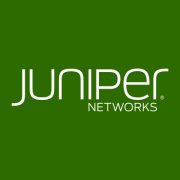

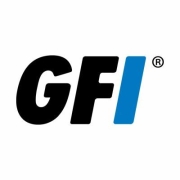
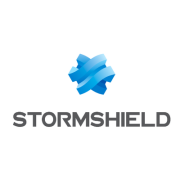


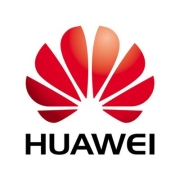





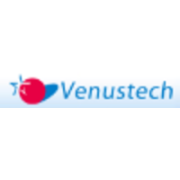








Originally, firewalls only filtered traffic based on ports & IP addresses. They evolved over time to become “stateful,” which means that they keep track of the state of network connections passing through the appliance. However, as cyber threats also evolved and diversified, organizations began to deploy multiple appliances to defend against different classes of attacks. They now needed:
As more threats evolved, new types of appliances and services were created to meet the challenge. It was too difficult for the traditional stateful appliance approach to scale along with growing businesses.
An antivirus tool like a firewall just protects PCs and servers. Next-generation firewalls (NGFWs) are more effective than traditional firewalls, but they still lack critical features for detecting and responding to all the latest threats. Therefore, UTM systems are used to protect the entire network, as well as individual users. It does this by scanning all network traffic, filtering any potentially dangerous content, and then blocking intrusions.
Unified Threat Management (UTM) improves network security by integrating multiple security functions into a single solution. These functions typically include firewalls, intrusion detection and prevention systems, antivirus, and content filtering. By consolidating these capabilities, UTM simplifies management and offers comprehensive protection against diverse threats. This holistic approach enables you to efficiently monitor and respond to threats, reducing the complexity of deploying and managing separate security solutions.
What are the key components of a UTM solution?A UTM solution typically consists of several key components designed to offer robust security. These components include firewall capabilities for controlling incoming and outgoing network traffic, intrusion detection and prevention systems for identifying potential threats, antivirus for scanning and removing malicious software, VPN for secure remote access, and content filtering to block inappropriate web content. Together, these components work in tandem to provide a comprehensive security strategy that ensures network integrity.
Are UTM solutions scalable for growing businesses?UTM solutions are scalable and can be tailored to meet the evolving needs of growing businesses. Most UTM offerings are designed to handle increased network traffic and user loads without significant performance degradation. They offer flexible licensing and hardware options, allowing you to upgrade the solution as your business expands. This scalability ensures that your network security infrastructure can adapt to business changes and new security requirements without the need for a complete overhaul.
How do UTM solutions differ from traditional firewalls?While traditional firewalls provide basic traffic filtering and monitoring, UTM solutions offer a broader range of security features. UTM goes beyond mere traffic filtering by incorporating additional layers of protection like intrusion prevention, antivirus, anti-spam, and content filtering. This multi-layered approach makes UTM solutions more effective at detecting and mitigating complex threats. Deploying a UTM solution means you have an integrated defense against sophisticated attacks, rather than relying solely on a traditional firewall's capabilities.
What are the benefits of using a UTM appliance?Using a UTM appliance brings several benefits. It simplifies network security management by consolidating multiple security functions into a single device, reducing the complexity and cost associated with managing separate systems. UTMs provide real-time threat detection and unified reporting, delivering actionable insights to improve security posture. The appliances are also easy to deploy and often come with updates and support, ensuring you stay protected against the latest threats. This makes UTM appliances a valuable choice for businesses seeking comprehensive and efficient security.